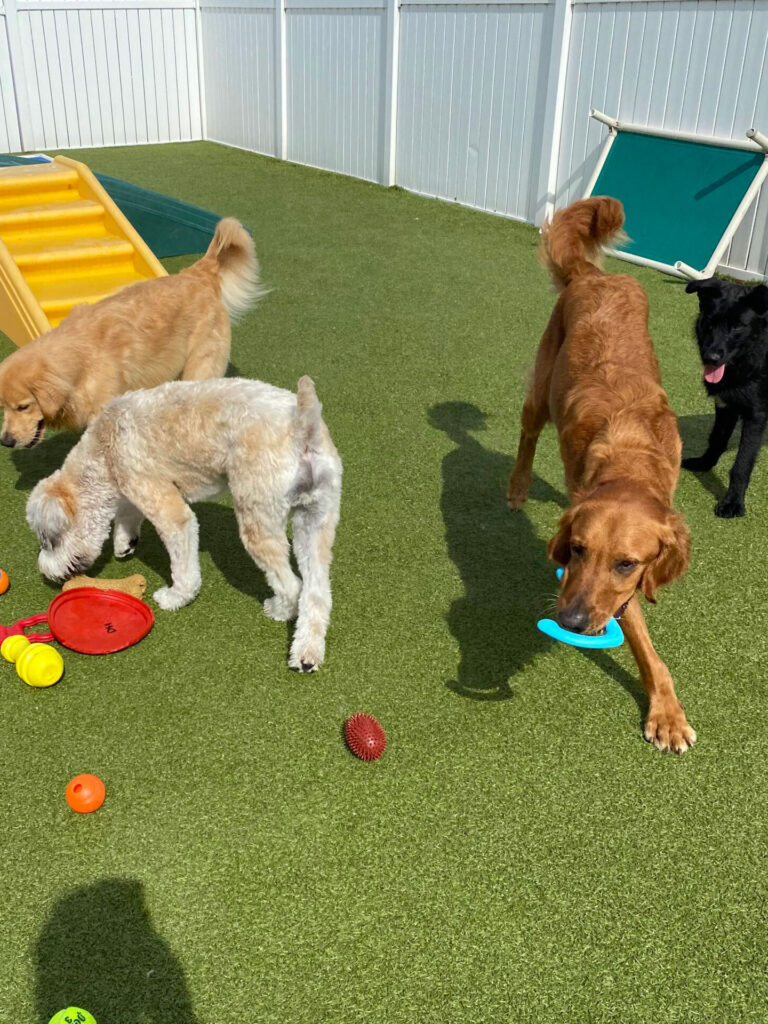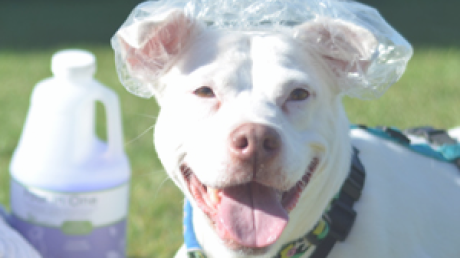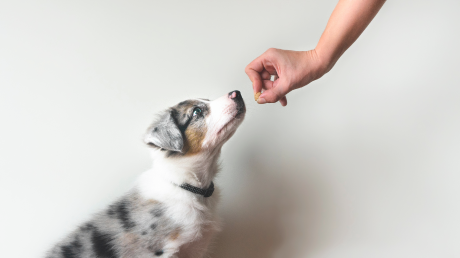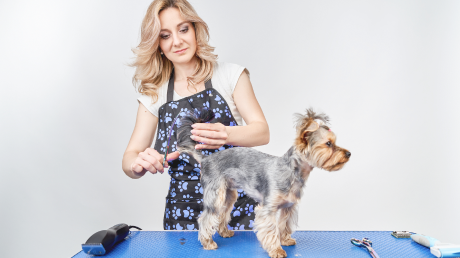
Boarding and daycare environments are often fraught with potential stressors for dogs and cats. Pets are away from home, their family is gone, unfamiliar people and animals surround them, and their daily sleep/wake schedule is thrown off. But there are several steps you can take, from setting up the environment itself to adjusting the way in which you interact with dogs and cats, that can help reduce stress and increase calm and safety for both pets and staff.
The Fear Free Boarding and Daycare Individual Certification Program will help you ensure you are thoughtful in every interaction with boarding and daycare pets—from greetings to kennel introductions to overexuberance or shyness. You’ll learn what a Fear Free boarding and daycare environment looks like, feels like, sounds like, and smells like. And you’ll get practical advice on what to do in the moment if a dog or cat struggles when you try to give them needed medications or care, drags you into the play yard, or refuses to enter or leave their kennel.
The purchase of the Fear Free Boarding and Daycare Individual Certification Program provides you with a Fear Free membership, which requires an annual renewal fee and completion of additional annual CE to maintain your membership.
The Fear Free Boarding & Daycare Individual Certification Program is a wonderful educational addition to the pet care service industry. Boarding & daycare facilities will immediately see value in this certification program as staff learns to identify and mitigate fear, anxiety, and stress in pets. The pet owner will be assured that their pets are in the care of professionals who are knowledgeable about the physical and emotional needs of each individual pet. Boarding & daycare facilities will be proud to be considered as “best in care” providers as they promote the wellbeing of their staff and the pets in their care. IBPSA is proud to be part of the Fear Free programs. —Carmen Rustenbeck, CEO and Founder, International Boarding & Pet Services Association
This course was reviewed by the IBPSA (International Boarding & Pet Services Association) and PACCC (Professional Animal Care Certification Council).








